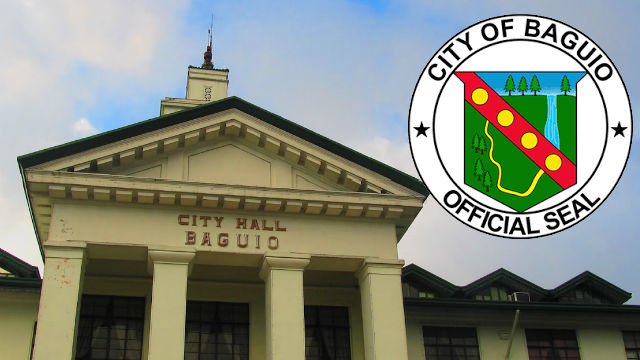BAGUIO CITY – An official of the Department of Finance (DOF) underscored that the primary purpose of the pending bill on the comprehensive tax reform package 2 is for the lowering of the corporate income tax and the simplification of the incentives offered to investors that will help in attracting more investors to contribute in creating jobs and increasing economic activities in the countryside.
DOF Research and Information Office Director Juvy C. Danofrata claimed that the Philippines has the highest corporate income tax rate in the Association of Southeast Asian Nations (ASEAN) region AT 30 percent and CIT revenue is increasing but the efficiency of collection is reportedly very low.
“We have a complexed tax incentives. We grant the most generous fiscal incentives since they are in lieu of all taxes and given forever,”Danofrata stressed.
The DOF official claimed that the country has 136 investment laws, 200 non-investment laws and 546 economic zones and free ports.
According to her, firms with no incentives pay the regular rate of 30 percent of net taxable income while firms with incentives pay between 6 to 13 percent wherein all of the 90,000 small and medium enterprises in the country pay the 30 percent rate.
In 2015, there were over 915,000 registered firms and over P301 billion worth of incentives was granted to 2,844 firms and that the same was considered as forgone revenue due to the prevailing tax incentives being granted to investors.
Danofrata explained that despite giving the most generous and forever incentives, Philippine export competitiveness has been declining, domestic industries have weak linkages to export industry and reliance on imported parts aggravated by weak domestic content.
She claimed that tax incentives usually violate the principles of efficiency, equity, simplicity, however, incentives may be justified if they provide net benefit to society as a whole.
Furthermore, she explained that incentives may be important to encourage investments that promote growth and jobs but investment tax incentives are tax expenditures that someone else has to pay and it is not free money from heaven, thus, government need to ensure efficiency in spending.
The financé official pointed out that some incentives may be needed to attract investments that support the country’s growth objectives, thus, the current incentive system has a big room for improvement wherein complexity, inequity, lack of monitoring and evaluation, accountability and transparency incentives as band aid solution to compensate for past structural weaknesses is not applicable but it is time that the government revisits its incentive system to ensure that the country gains from every peso that it grants to investors.
Under the Tax Reform for Attracting Better and High Quality Opportunities (TRABAHO) bill or House Bill (HB) 8083, the President may advance the scheduled reduction in the CIT rate when adequate savings are realized from the rationalization of fiscal incentives wherein the CIT will be reduced by 2 percent annually until it reaches the prescribed 20 percent level.
The bill also provides for a 5 to 7 years tax incentives and tax holidays up to 3 years plus 1 year extension if firms invest in agri-business, or in less developed areas or if relocating outside Metro Manila and adjacent urban areas.
Moreover, there will also be a special rate of 18 percent tax on net income up to 5 years including the income tax holiday wherein 1.5 percent will go to the province and 1.5 will go to the municipality and the remaining 15 percent will remain with the national coffers.
She emphasized that there should be no double registration of activities of investors, only new investments or activities shall be granted income tax incentives, expansions can avail only of exemption from customs duty of capital equipment.
Other salient points of the TRABAHO bill include a 3-year strategic investment plan shall be formulated by the Bureau of Investments (BOI) and approved by the President wherein the more targeted list includes activities with significant positive externalities and only the President may proposed activities or projects not included in they plan that may be granted tax incentives.
Danofrata revealed that incentives will not be budgeted but should be reported as a tax expenditure for transparency purposes, thus, incentives must be with effective monitoring and evaluation system and anchored on a strategic investment priority plan that emphasizes job creation, research and development, countryside development, skills training and innovation.
By HENT














